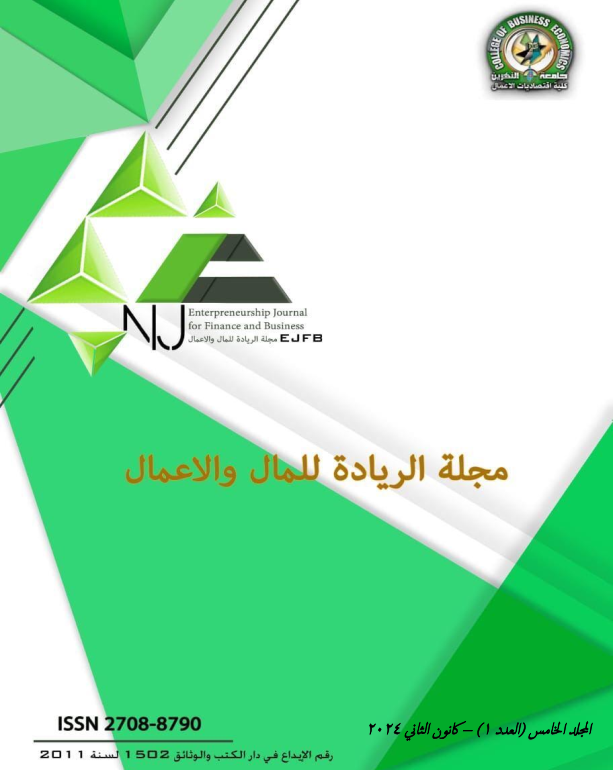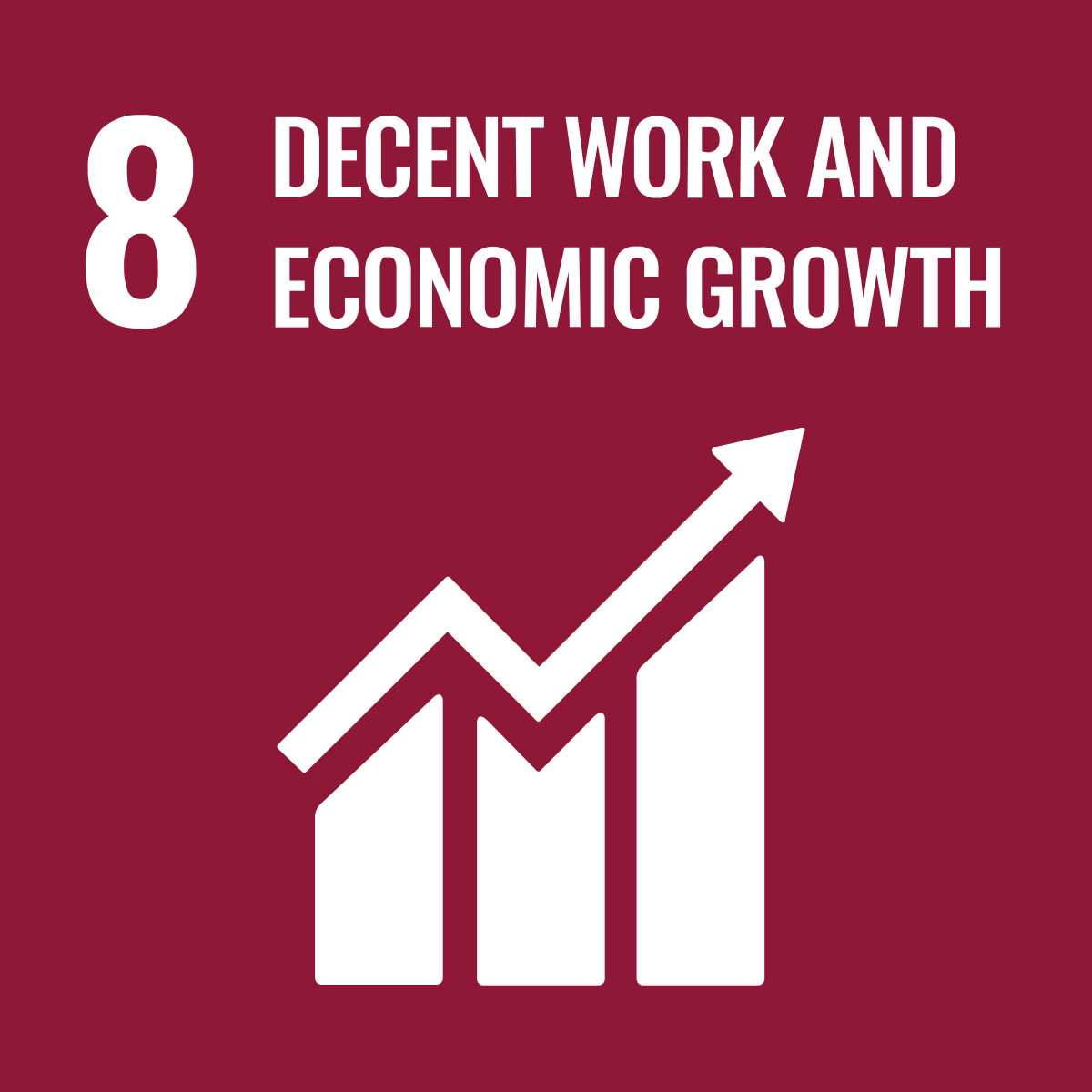Measuring and analyzing the impact of some financial inclusion indicators on poverty A sample of developing countries for the period (2005-2020)
DOI:
https://doi.org/10.56967/ejfb2024391Keywords:
Financial inclusion, poverty, number of commercial bank branches per 100 adults, automatic drainage machines per 100 thousand adultsAbstract
Given the important role played by financial inclusion in supporting economic development and reducing poverty, the study analyzed and interpreted the mechanisms of influence through which financial inclusion indicators can influence poverty. The study aimed to frame the theoretical foundations for studying the impact, as well as to build a quantitative model that has the ability to diagnose the nature of that impact, its direction and size, and to explain the mechanism and channels of its transmission, by relying on balanced double data (Balanced Panel Data), which had 40 observations, and through a model. Fixed Effect Model for a sample of developing countries and for the years (2005-2010-2015-2020).
The research seeks to get acquainted with the theoretical frameworks and empirical studies taken from the analysis and interpretation of the mechanism and channels of transmission of the impact that financial inclusion can exert on poverty, as well as the exploration of an objective quantitative model that has the ability to diagnose the nature, direction and size of that impact and to interpret the mechanism and channels of its transmission, based on data Balanced Panel Data through the fixed effect model (FEM) for a sample of developing countries for the years (2005-2010-2015-2020). The estimation results revealed that the indicator variable of the number of commercial bank branches per 100,000 adults (CBBA) had a positive effect, while the indicator of automatic teller machines per 100,000 adults (ATMAD) reflected its negative effect on the poverty index (P).
Downloads
Downloads
Published
How to Cite
Issue
Section
License
Copyright (c) 2024 أوس محمد الخطاب

This work is licensed under a Creative Commons Attribution 4.0 International License.
This is an Open Access article distributed under the terms of the creative commons attribution (CC BY) 4.0 international license which permits unrestricted use, distribution, and reproduction in any medium or format, and to alter, transform, or build upon the material, including for commercial use, providing the original author is credited.






